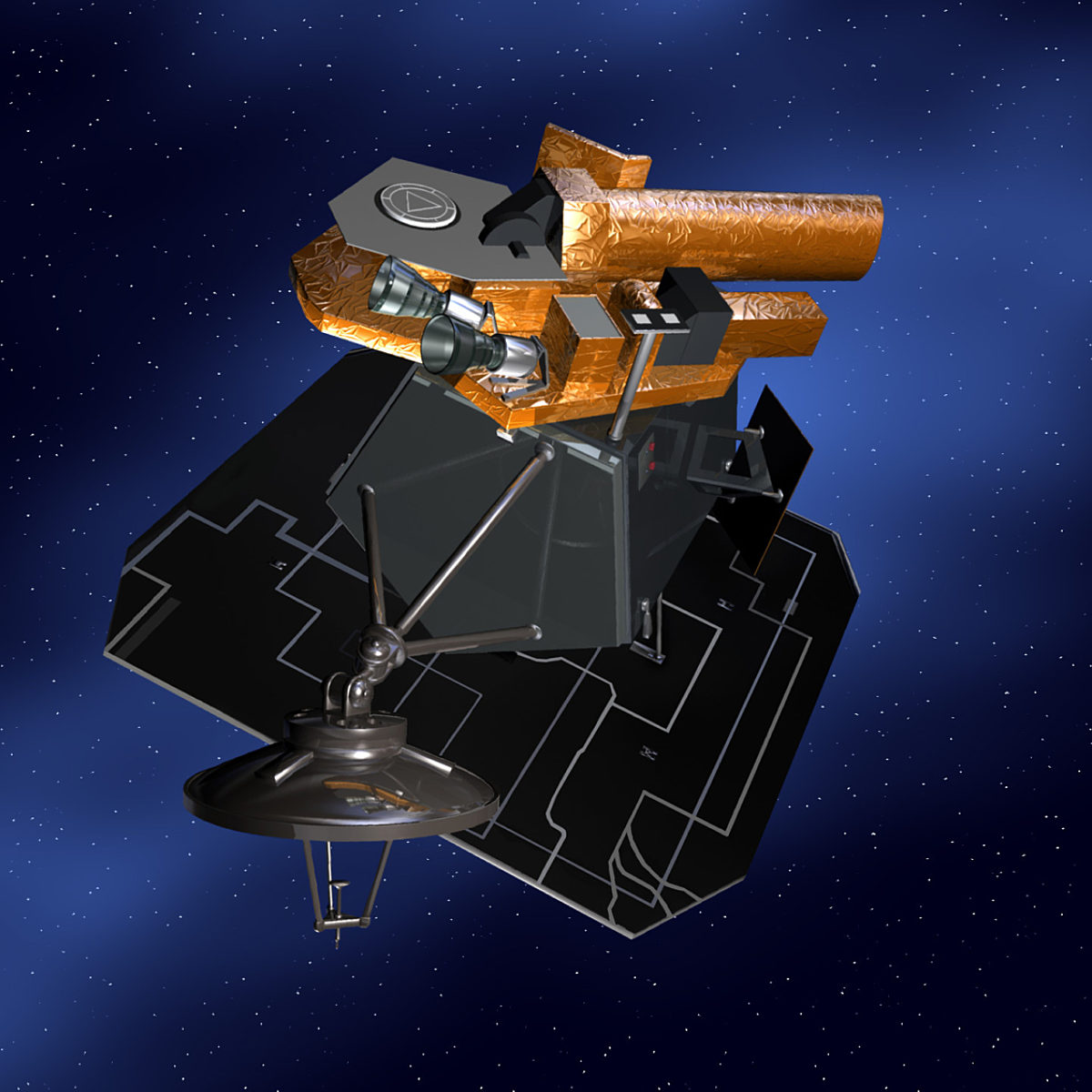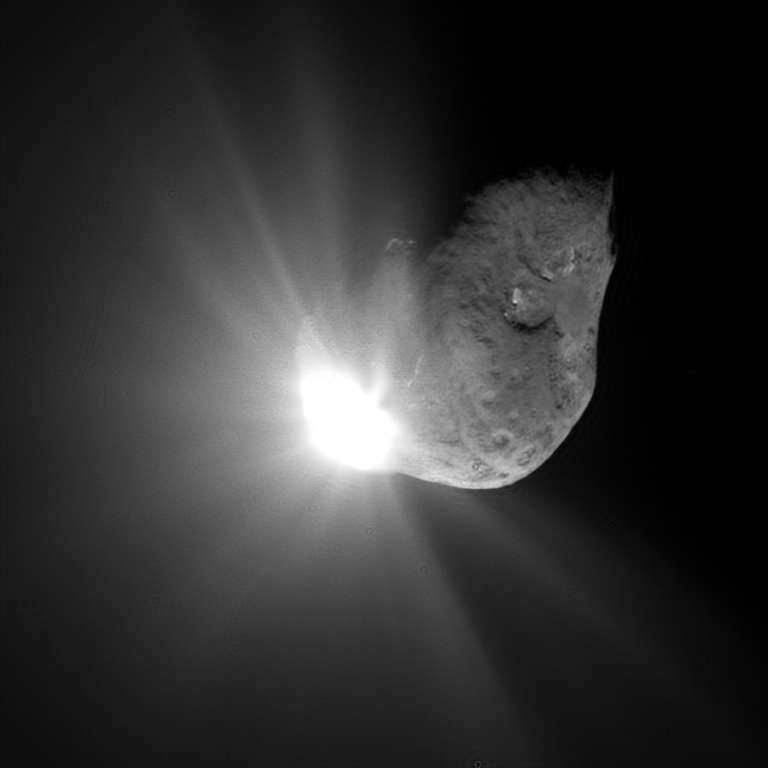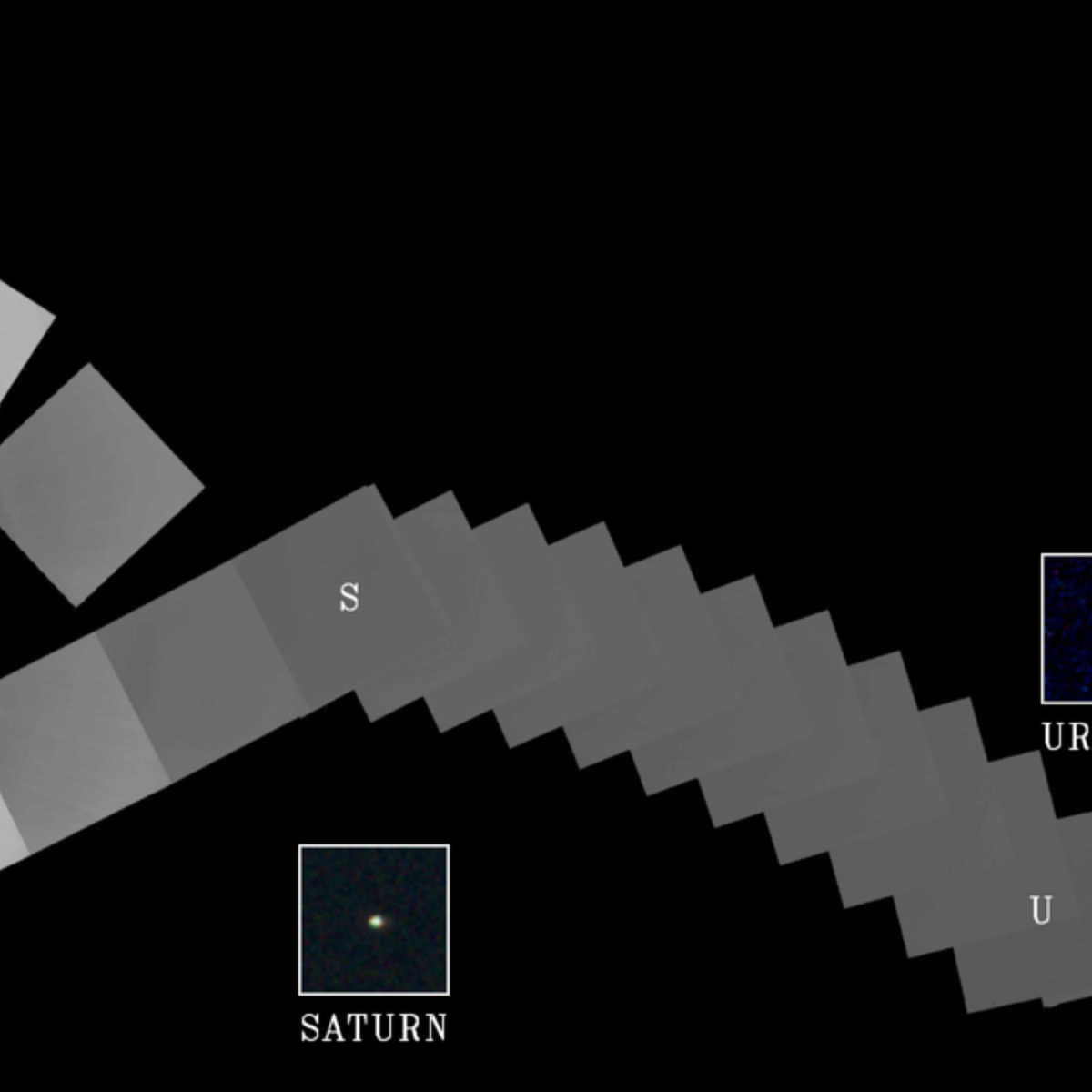All
All
Stories, updates, insights, and original analysis from The Planetary Society.
Deep Impact Data Surprises Scientists
When Deep Impact crashed into the nucleus of Tempel 1 at 23,000 miles per hour on July 4, it sent a huge, bright cloud of stuff upward and outward from the comet, providing a spectacular image that is already assured a place in the space history books, and may well be seared into the brains of all those who watched the event.
Another gorgeous Deep Impact image
The team has just released a really pretty high-resolution view of Tempel 1 just 67 seconds after the impact.
Views of Tempel 1
It looks like the European Space Agency was busy overnight -- lots of great Earth- and space- based images of the impact have been appearing on various websites.
Deep Impact On Course for Comet Crash; Mission Is Already Producing Science Returns
NASA's Deep Impact spacecraft is set for its date with Comet Tempel 1.
News: All of Earth's Eyes Are on Tempel 1 as Deep Impact Zeroes In on Comet...
With four days remaining until Deep Impact crashes into comet Tempel 1, the comet is looming larger and larger in the public view.
A couple of pics from Cassini at periapsis
Cassini's been in orbit around Saturn for almost exactly a year now, and the mission seems pretty much to have dropped off of the public radar screen. But there's still three years to go on the primary mission, and lots left to do, and I for one am not at all bored.
MESSENGER Snaps Earth-Moon Image in Approach to First Flyby
As MESSENGER began its approach for its August 2 flyby of Earth, its cameras have snapped their first images. The images clearly show a cloudy Earth—and, to scientists' surprise, the Moon as well.
Martian Orbiter Takes Pictures of Neighboring Crafts Passing By
During April 2005, the Mars Global Surveyor happened to pass relatively close to Odyssey and Mars Express. What resulted were remarkably clear pictures of human-made spacecraft orbiting and alien world.
Cassini Captures Its First Image of Saturn
The Cassini spacecraft has captured its first image of its target planet, Saturn.
Voyager's Last View
Home. Family. This will be Voyager's enduring legacy: It has changed forever the feelings raised by those words. Through its robotic eyes we have learned to see the solar system as our home. Through its portraits of the planets we know that they are part of our family. Apollo astronauts showed us a tiny Earth alone in the blackness of space. Now, with these images, Voyager has shown us that Earth is not really alone. Around our parent Sun orbit sibling worlds, companions as we travel through the Galaxy.


 Explore Worlds
Explore Worlds Find Life
Find Life Defend Earth
Defend Earth


 Sun
Sun Mercury
Mercury Venus
Venus Earth
Earth Mars
Mars Jupiter
Jupiter Saturn
Saturn Uranus
Uranus Neptune
Neptune Small Bodies
Small Bodies







